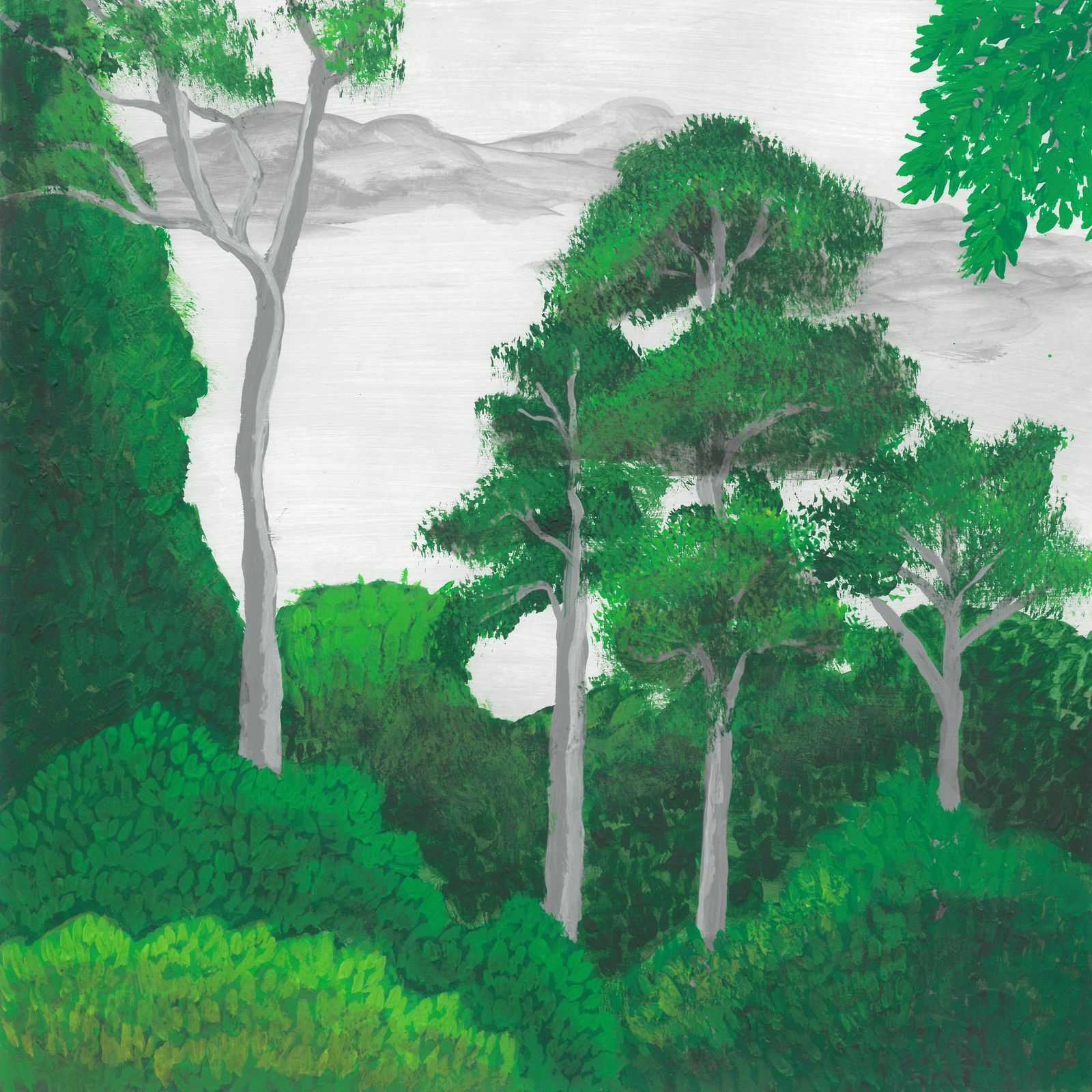
The Sounds of Mayan Ruins
Soundscapes cannot be preserved across centuries like buildings, writings or fossils. In the jungles of the Yucatan there are countless archaeological sites where you can see what the Mayan civilisation lived like. You can admire their intricate architectural design and wonder at the advanced glyph script they developed.
Can you hope to experience the same soundscapes as they did? You probably can. The first step would be to remove all the sounds that Mayans did not experience in their day-to-day lives. Motorised road traffic, scooters, drones, aircraft – these are elements that probably did not pollute the soundscapes in Mayan times.
On my expedition to Mexico I visited a few remote Mayan sites where most tourists didn’t venture. These sites are far away from busy roads, and only reachable on foot after long drives through the jungle. Once there, I set up a few recording rigs and left them out for several days at a time. I had a very knowledgeable local guide who helped me immensely.
Is that it? Yes, more or less. The soundscape might not be exactly the same as 500 or 2000 years ago, but it won’t be drastically different either. Some species might have moved in or become locally extinct. There are differences related to day/night cycles, seasons, global warming and cooling cycles, local weather and a myriad other events that can affect what a place sounds like. Having said that, most of the wildlife you can hear in this recording will probably have been here in Mayan times.
The acoustics of their cities are quite important to consider as well. The big plazas and stepped masonry structures with hard edges have lots of reflective surfaces. The soundscapes of their cities would be a beautiful mix of wild jungle soundscape with man-made acoustics and reflections. Pay attention and see if you can hear these reflections in this recording.
